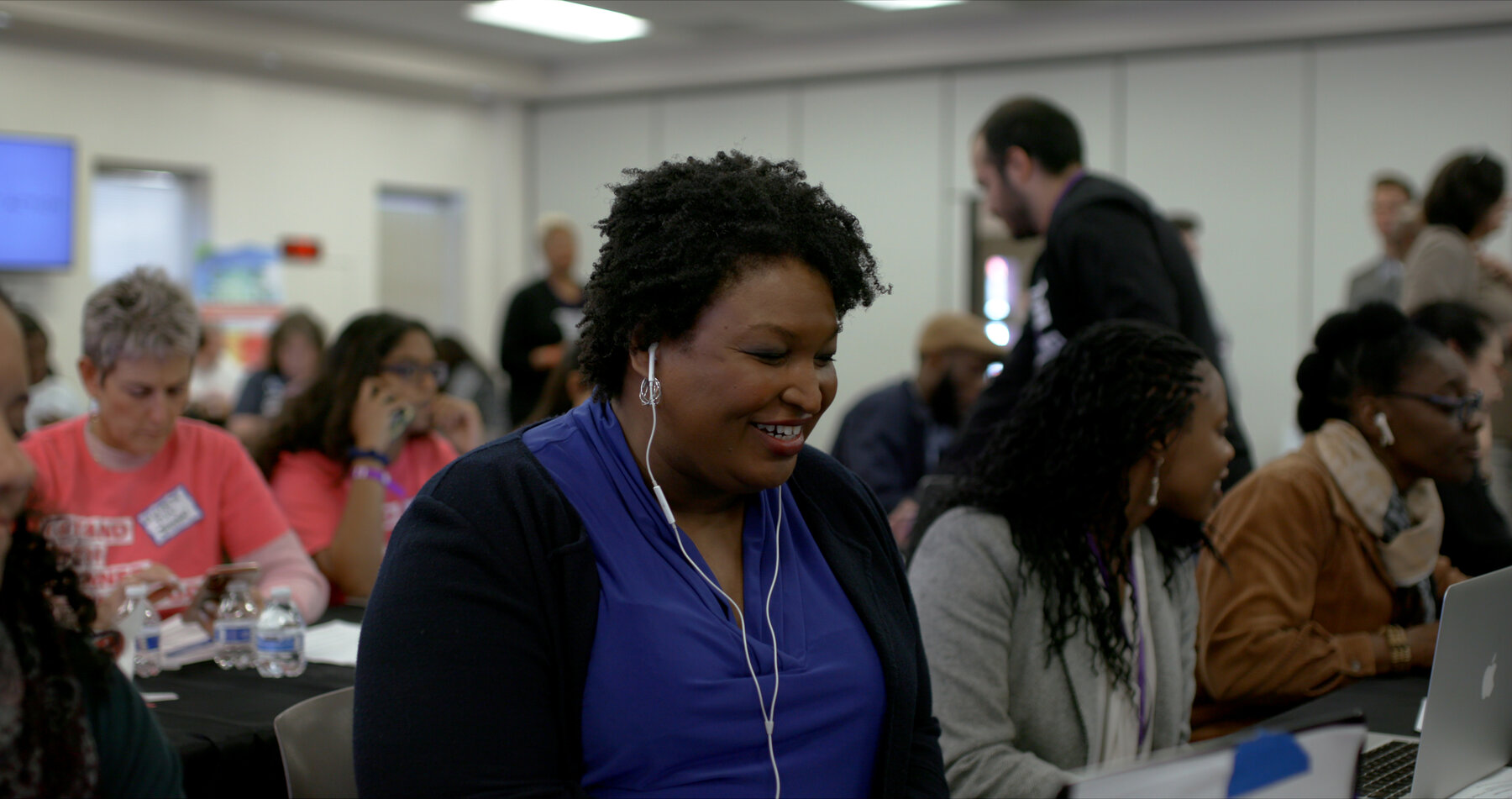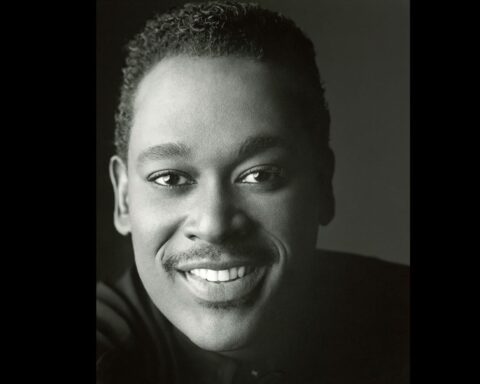All In: The Fight for Democracy
(USA, 102 min.)
Dir. Liz Garbus and Lisa Cortés
The shadow of Donald Trump looms large while watching All In: The Fight for Democracy, a film that has surely been made with an eye to the upcoming federal election in the U.S. There’s a do-or-die urgency in the filmmaking that is absolutely appropriate for this divisive time. Headlines are busily proclaiming Trump’s opposition to what he calls “voting fraud,” a term he applies to everything from sending in ballots by mail to pretending to have a different identity while casting a vote. It’s part of a strategy designed to call into question the results of the November election, which the Republicans fear they will lose. Liz Garbus and Lisa Cortés’ film tackles the key issue of voter suppression, which is taking place in many Republican states—and some Democratic ones—and is a consequence of laws passed since 2013 that have made it far more difficult to be able to register, or maintain, the right to vote in a large swath of America.
The film is bookended by the gubernatorial election two years ago in Georgia. Stacey Abrams, a vigorous and articulate Black woman ran against Republican white conservative Brian Kemp, then Georgia’s Secretary of State. In that position, Kemp had worked for years to disenfranchise poor and transient voters, who were overwhelmingly Black. In less than five years under Kemp’s tutelage, over a million Georgians lost the right to vote and it’s fair to say that the vast number of those citizens would have voted for Abrams, who only lost to Kemp by approximately 25,000 votes.
In the first part of the film, we find out about the election, and the candidates, concentrating on Abrams, who has become a national figure since 2018. A daughter of two Methodist ministers, Abrams grew up fiercely believing in democracy and civil rights; one of the most moving moments in the film occurs when we see archival footage of the 19-year-old Stacey making a speech at the Lincoln Memorial as part of the 30th anniversary of the March on Washington led by Martin Luther King in 1963. The disparity couldn’t be greater between Abrams, born poor but passionate, and Kemp, a man who was born in privileged circumstances and has no reason to feel empathy towards anyone but his own upper-crust friends, supporters and colleagues.
While the heart of the film rests with the controversial 2018 election, its historical roots and intellectual arguments rest in the middle section of All In: The Fight for Democracy, in which we find out about the racist Jim Crow laws, which disenfranchised Black voters in the South for over 80 years. The laws made segregation legal in the South without directly opposing the 15th amendment to the Constitution, which had clearly given Blacks, and eventually other BIPOC minorities, the right to vote. Poll taxes were imposed in many states, which were almost impossible for a generation of former slaves to pay while so-called literacy laws comprised of very difficult civics and history questions ruled out many wealthier Blacks. Of course, whites didn’t have to deal with literacy laws and the vast majority could pay the poll taxes. Without directly defying the 15th amendment, black voters in the South were effectively denied their right to vote.
That all changed during the great days of the Civil Rights movement. When Black citizens demonstrating for the right to vote were beaten back by white Alabama policemen at the Edmund Pettus Bridge, the bloody carnage was shown on national television and newspapers across the world. As Andrew Young, who led the march with Martin Luther King and the recently deceased John Lewis, recalls in the film, it was “the ammunition” President Johnson needed to pass the Voters Right Act of 1965. That act, which effectively reinforced the 15th amendment, brought the franchise back to Southern Blacks, reinforcing democracy for decades.
But then in 2013, the conservative Supreme Court took the teeth out of the law and brought on what can easily be called the era of new Jim Crow laws. Now, citizens need Voter I.D. cards in most states, which are harder to access for BIPOC people who either come from other countries and don’t have birth certificates or were born in impoverished circumstances and don’t have the proper forms to prove where they were born. Felons who have served their time are not allowed to vote in many states. Voter registration lists are regularly purged by district administrators, who only have to notify voters once by mail (talk about fraud!) that they need to verify that they still want to exercise their franchise.
Garbus’ and Cortés’ structure returns to the 2018 election, where we see what happens when many BIPOC citizens have been systematically denied the right to vote. Abrams loses an election that she would easily have won to Kemp, who refused to give up his role as Secretary of State of Georgia and was directly involved in the administration of how the polls were organized—badly in Black districts—and votes were received and counted. It’s clear that this is an outrage against democracy, but, of course, it’s legal.
All In: The Fight for Democracy is a brilliant piece of advocacy cinema. If you aren’t outraged before you see this doc, you certainly will be when it’s finished. If you’re a U.S. citizen, this Canadian urges you to vote against Trump and people like Kemp who follow his lead. We all want democracy to prevail in our southern neighbour.













